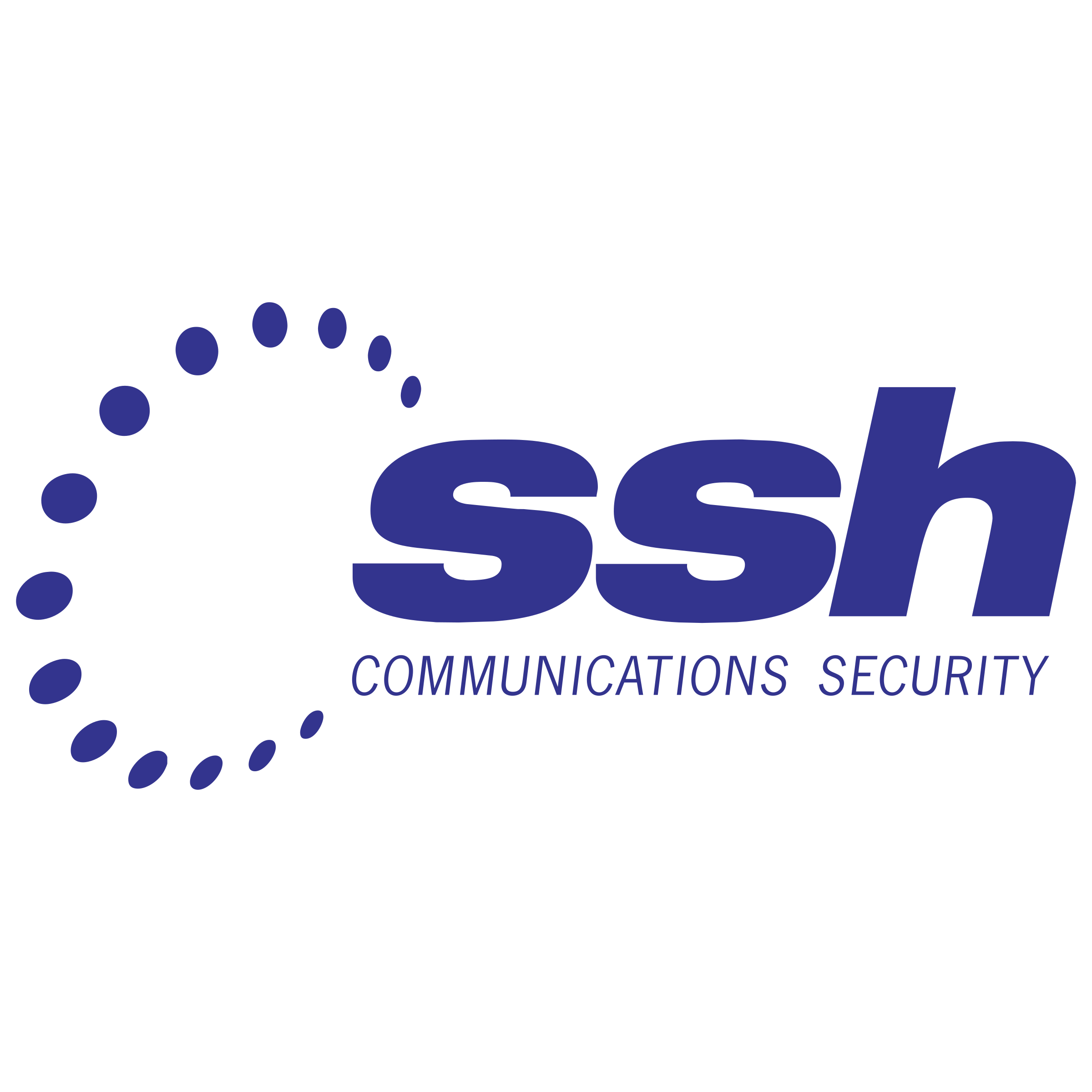Simplify your life with SSH config file and ClusterSSH

If you’re anything like me, you probably log in and out of a half dozen remote servers on a daily basis. And if you’re even more like me, you have trouble remembering all of the various usernames, remote addresses and command line options for things like specifying a non-standard connection port or forwarding local ports to the remote machine. And sometimes you have to do the same thing in a lot of servers, this post is for you.
One option would be to create a bash alias for each remote server. However, there is another, much better, and more straightforward solution to this problem. OpenSSH allows you to set up a per-user configuration file where you can store different SSH options for each remote machine you connect to.
OpenSSH client-side configuration file is named config, and it is stored in the .ssh directory under the user’s home directory.
The ~/.ssh directory is automatically created when the user runs the ssh command for the first time. If the directory doesn’t exist on your system, create it using the command below:
mkdir -p ~/.ssh && chmod 700 ~/.sshBy default, the SSH configuration file may not exist, so you may need to create it using the touch command :
touch ~/.ssh/configThis file must be readable and writable only by the user and not accessible by others:
chmod 600 ~/.ssh/config
Typically, when connecting to a remote server via SSH, you would specify the remote user name, hostname, and port. For example, to log in as a user named john to a host called dev.example.com on port 2322 from the command line, you would type:
ssh [email protected] -p 2322
The SSH Config File takes the following structure:
Host hostname1
SSH_OPTION value
SSH_OPTION value
Host dev
HostName dev.example.com
User john
Port 2322
Host *
SSH_OPTION value
The contents of the SSH client config file is organized into stanzas (sections). Each stanza starts with the Host directive and contains specific SSH options used when establishing a connection with the remote SSH server.
Indentation is not required but is recommended since it makes the file easier to read.
The Host directive can contain one pattern or a whitespace-separated list of patterns. Each pattern can contain zero or more non-whitespace character or one of the following pattern specifiers:
* – Matches zero or more characters. For example, Host * matches all hosts, while 192.168.0.* matches hosts in the 192.168.0.0/24 subnet.
? – Matches exactly one character. The pattern, Host 10.10.0.? matches all hosts in 10.10.0.[0-9] range.
! – When used at the start of a pattern, it negates the match. For example, Host 10.10.0.* !10.10.0.5 matches any host in the 10.10.0.0/24 subnet except 10.10.0.5.
The SSH client reads the configuration file stanza by stanza, and if more than one patterns match, the options from the first matching stanza take precedence. Therefore more host-specific declarations should be given at the beginning of the file, and more general overrides at the end of the file.
You can find a full list of available ssh options by typing man ssh_config in your terminal or visiting the ssh_config man page .
The SSH config file is also read by other programs such as scp , sftp , and rsync.
ClusterSSH
If you have a need to type the same command into several machines at once, you can login to each one with SSH and do it serially, or you can save yourself a lot of time and effort and use a tool like ClusterSSH.
To install it, just use:
sudo apt install clusterssh
To use it check on https://www.linux.com/training-tutorials/managing-multiple-linux-servers-clusterssh/ while i still didnt finish this post.
Comments are Disabled